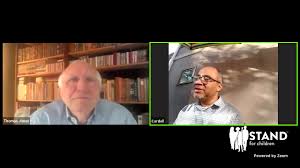From New York Times’ Opinionator:
When I was growing up in Gary, Ind., nearly a quarter of American workers were employed in the manufacturing sector. There were plenty of jobs at the time that paid well enough for a single breadwinner, working one job, to fulfill the American dream for his family of four. He could earn a living on the sweat of his brow, afford to send his children to college and even see them rise to the professional class.
Cities like Detroit and Gary thrived on that industry, not just in terms of the wealth that it produced but also in terms of strong communities, healthy tax bases and good infrastructure. From the stable foundation of Gary’s excellent public schools, influenced by the ideas of the progressive reformer John Dewey, I went on to Amherst College and then to M.I.T. for graduate school.
Today, fewer than 8 percent of American workers are employed in manufacturing, and many Rust Belt cities are skeletons. The distressing facts about Detroit are by now almost a cliché: 40 percent of streetlights were not working this spring, tens of thousands of buildings are abandoned, schools have closed and the population declined 25 percent in the last decade alone. The violent crime rate last year was the highest of any big city. In 1950, when Detroit’s population was 1.85 million, there were 296,000 manufacturing jobs in the city; as of 2011, with a population of just over 700,000, there were fewer than 27,000.
To read more, click here.



